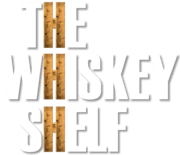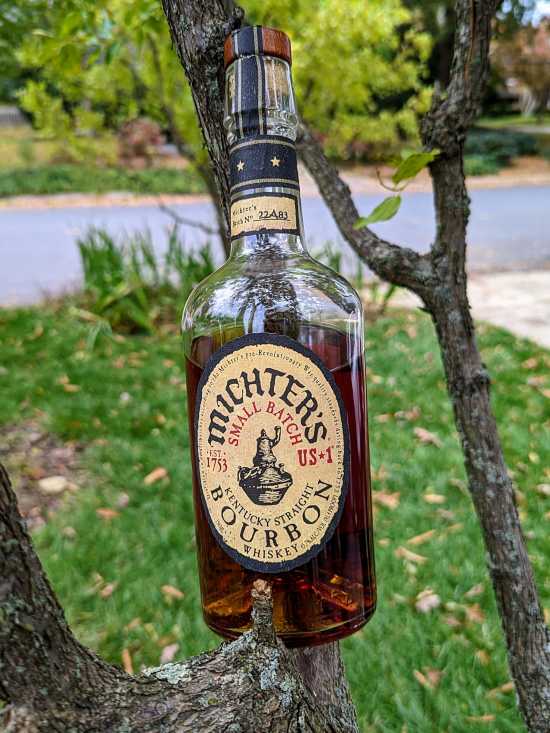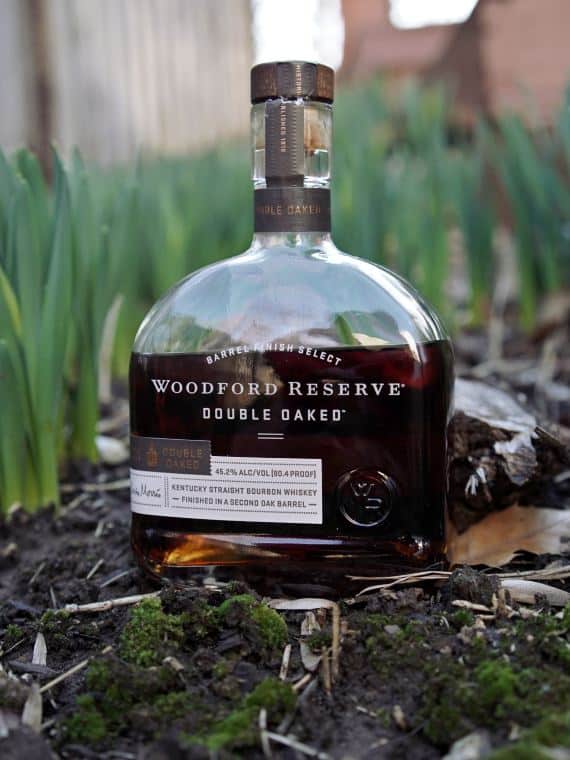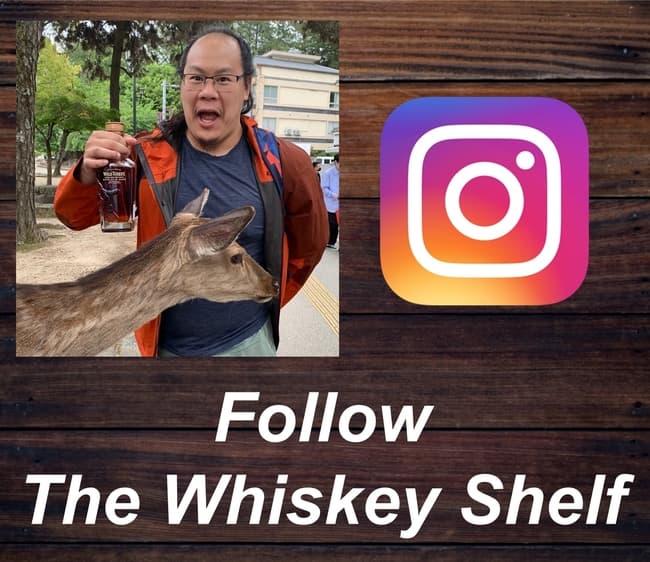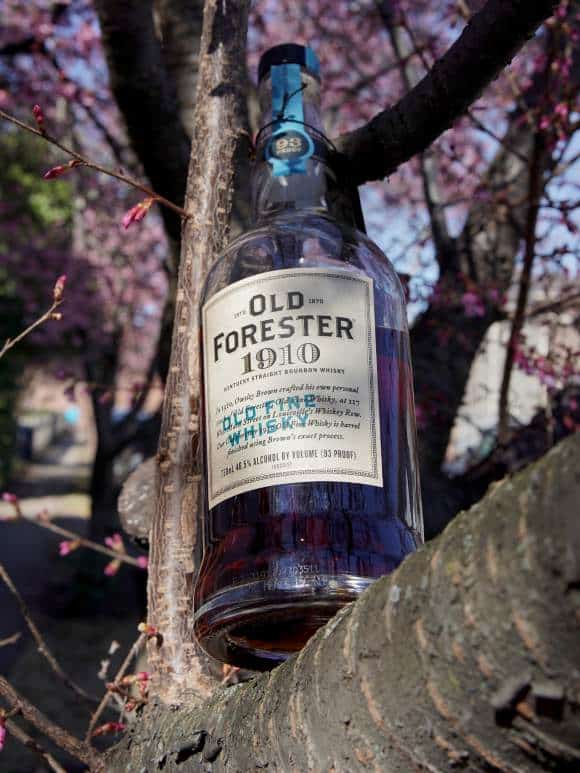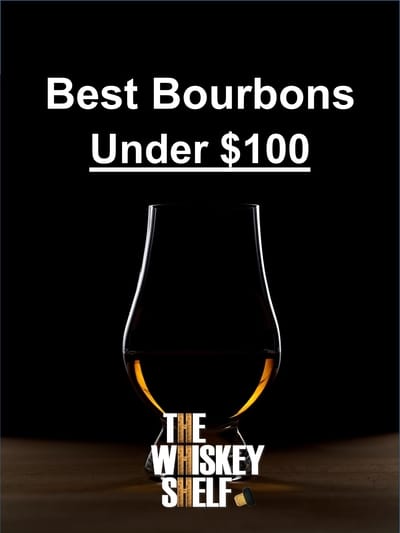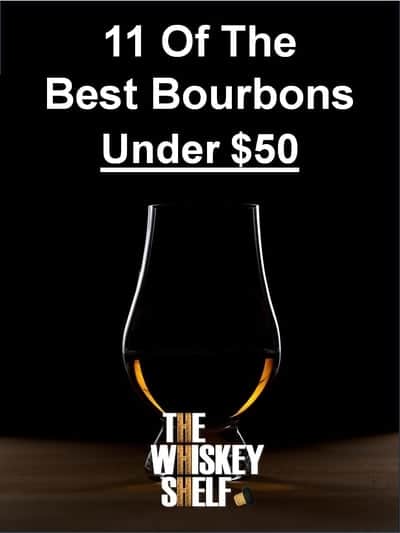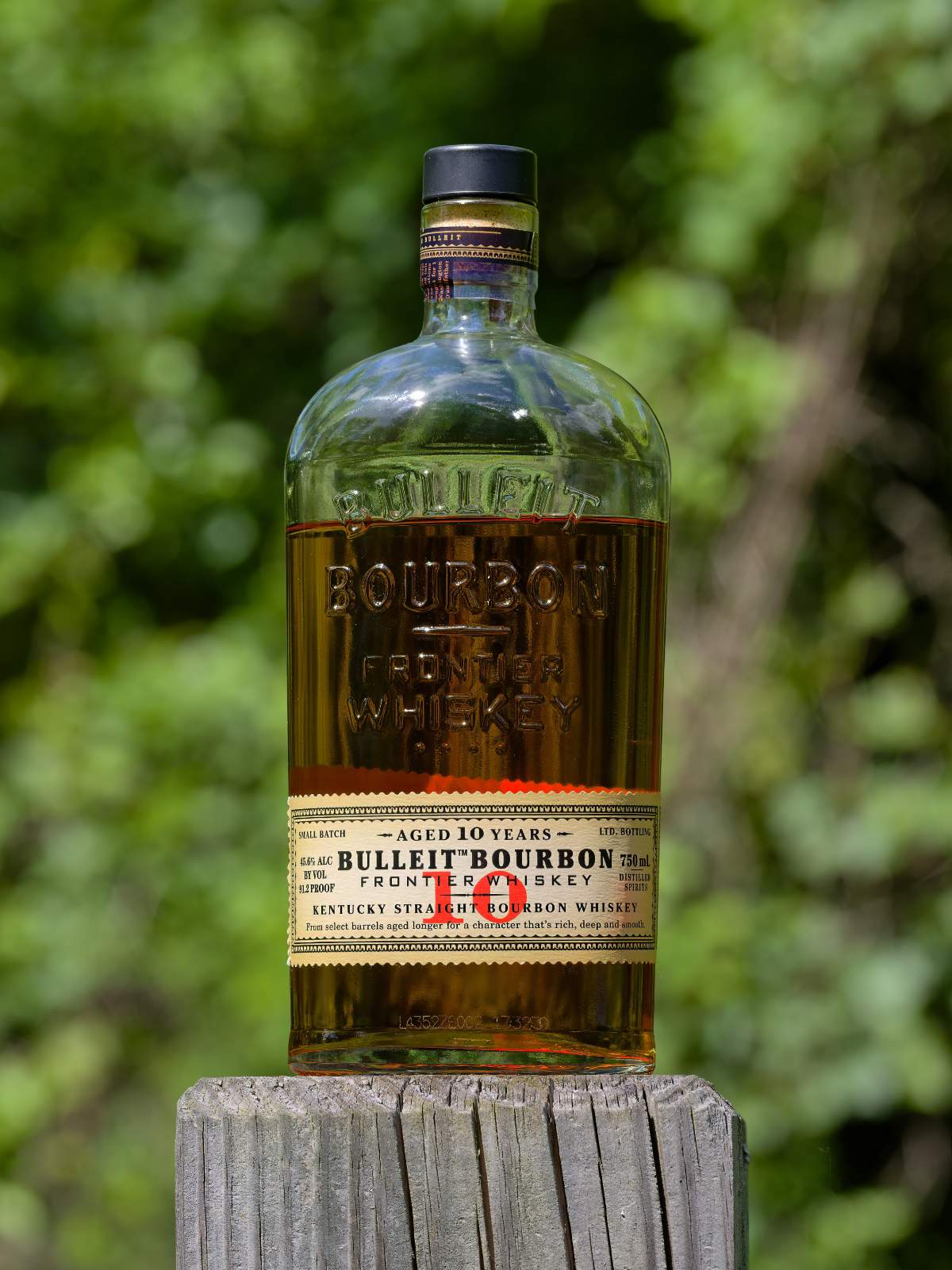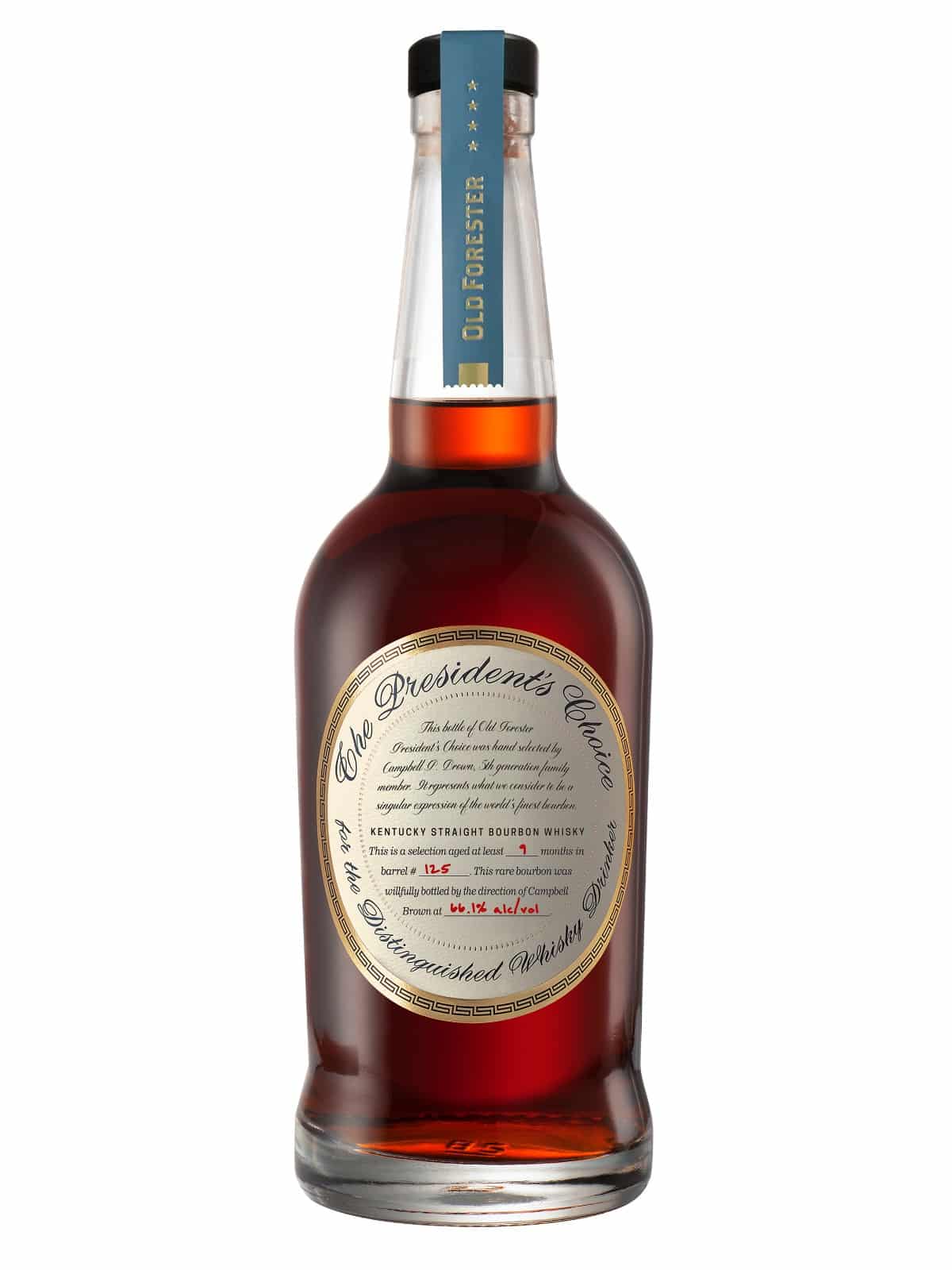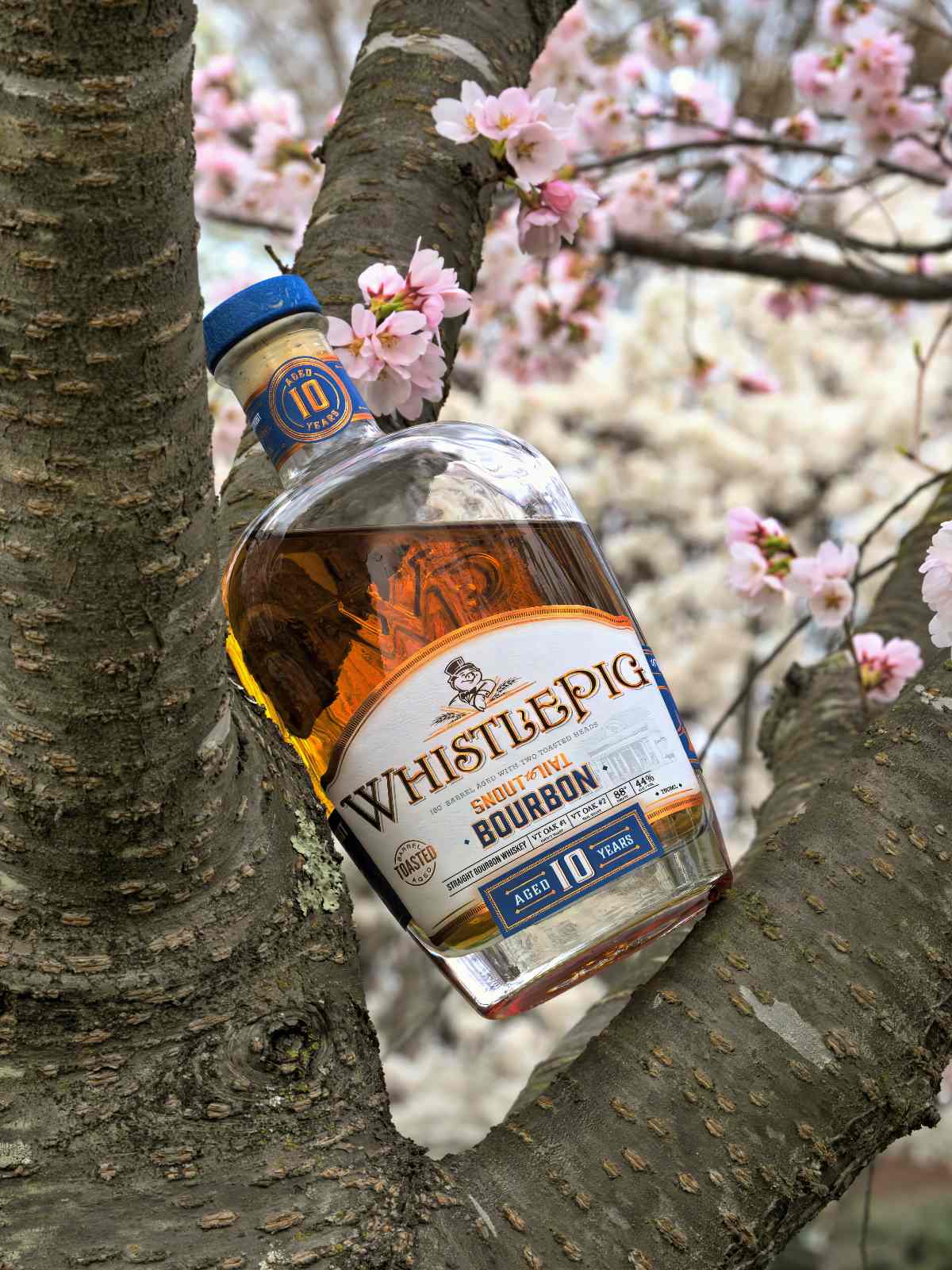Jim Beam Double Oak Review [In Depth]
Jim Beam Double Oak

Founder, writer
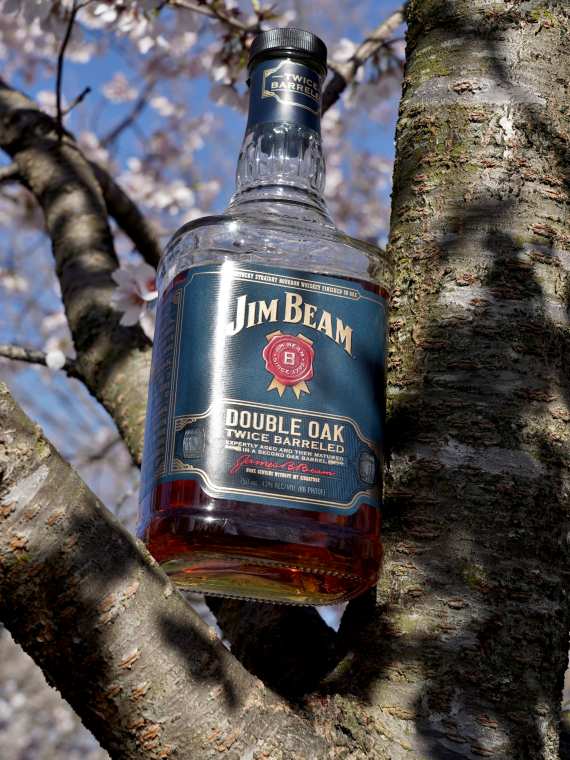
Jim Beam Double Oak Details
Distillery: Jim Beam
Type & Region: Bourbon, Kentucky, USA
Alcohol: 43%
Composition: 75% corn, 13% rye, 12% barley
Aged: At least 4 years
Color: 1.3/2.0 on the color scale (russet, muscat)
Price: $20-25
From the company website:
Jim Beam Double Oak takes bourbon aging to the next level by using a multi-barreled approach. It all starts with Jim Beam®, the World’s #1 Bourbon. Then, after the traditional 4-year aging process, the bourbon is transferred to a second freshly charred American White Oak barrel and aged to taste. This second barreling allows the liquid to develop an even deeper level of intense, spiced oakiness and rich caramel, creating a truly unique bourbon whiskey.Jim Beam Double Oak overview

As an FYI, I bought and use these Glencairn glasses for everything (they’re the best): Glencairn Crystal Whiskey Glass Set of 6, Set of 4, Set of 2, or just one. Full transparency, this is an affiliate link, so I may earn a commission if you buy this or something else from Amazon.
Jim Beam Double Oak smell

Jim Beam Double Oak taste and aftertaste
Jim Beam Double Oak Rating
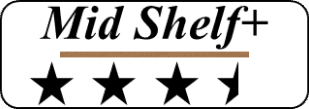

I have far too much fun writing about whiskey and singlehandedly running The Whiskey Shelf to bring you independent, honest, and useful reviews, comparisons, and more. I’m proudly Asian American and can speak Cantonese, Mandarin, and some Japanese.
There are no sponsors, no media companies, and no nonsense. Support The Whiskey Shelf by Buying Me A Shot.Shattered glass really sucks, so if you’re on the move, this Glencairn-like stainless steel snifter glass should survive your travels. Full transparency, this is an Amazon affiliate link, so I may earn a commission if you buy this or something else from Amazon.
BrüMate NOS’R, Double-Wall Stainless Steel Whiskey Nosing Glass – 7oz (Matte Black)
